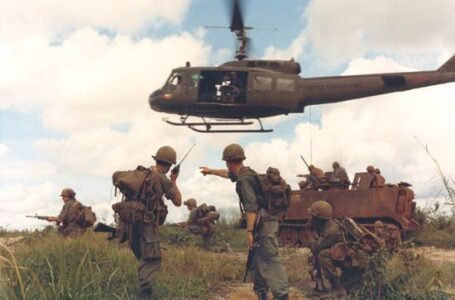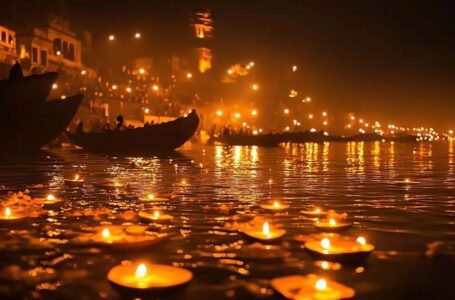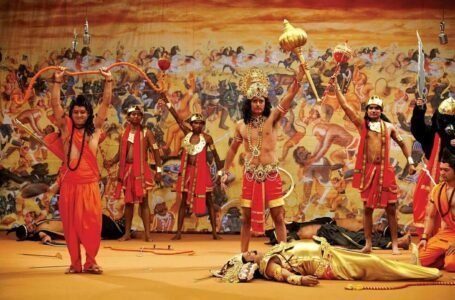Kanaklata Barua: Indian Freedom Fighter and the youngest Martyr
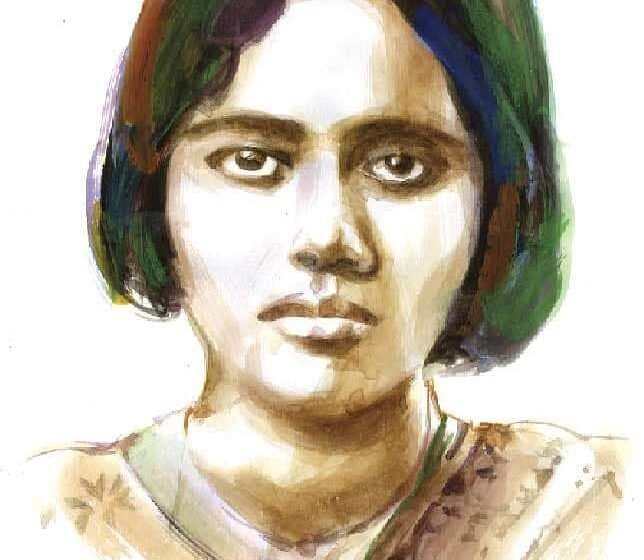
We can easily talk about Gandhi, Nehru, Subhash Chandra Bose, etc and their contribution to the freedom movement for India. Indian freedom movements were led by now notable leaders, but all around the country many men, women, and even children fought alongside them. In the last article, we saw about Matangini Hazra who was also a freedom fighter in India. She started very early to fight after her failed personal life. She also grew herself among many freedom movements; later she was shot dead at her 72nd age and became a martyr. Likewise, we are going to see Shaheed Kanaklata Barua, one of the youngest martyrs of the Indian Freedom Movement.

Personal Life:
Kanaklata was born on 22nd December 1924 in the village, Barangabari in Darrang District of Assam. Her ancestors belong to the conservative family called, Dolakasharia Barua Kingdom. She is the daughter of Krishna Kanta and Karneshwari Barua. Her mother died when she was only five years old; later her father also remarried and died when she was only 13 years old. Kanaklata got her school education up to class 3, but later she dropped out to look after her siblings.

Kanaklata’s Patriotism for her country:
Kanaklata had a very responsible mind and character. This nature of her came from her childhood after her mother’s death. By looking after her siblings and home, she grew mature in her teens. This personality of Kanaklata made her dedicate her support to her mother nation. In 1942, the Quit India Movement was held all around the country full-fledged with much participation of the Indian people. On 20th September 1942, in Barangabari village the movement was successfully implemented and the program was made in three Mauzas (small villages) – Kallangpur, Helem, and Brahmajan. This program’s motto is to hoist the Tricolour Indian Flag at Gohpur Police Station, which was under the control of the British.

Kanaklata Barua also joined the Mirtyu Bahini, a dead squad consisting of youth from the Gohpur Sub-division of Assam. The Local leaders of Barangabari Village like, Mukunda Kakaty, Gridhar Barua, Jonaram Bhuyan, Jiten Borah, etc. inspired the people of their villages to this Quit India Movement. They all want to attain their goal through Gandhi’s non-violent action. They also spread the slogan of Gandhi’s Do or Die among those people. With their activism many people especially youngsters were inspired to participate in this national activism; one among them is Kanaklata Barua.
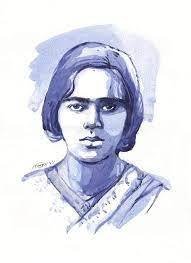
On September 20th, Kanaklata like other days, completed her household work and joined the team without knowing her family. She also told her younger siblings that she might not come back to them. Soon after out from her home, Kanaklata was appointed as the Head of the Women Volunteers by the local leaders. They started their march towards the Gohpur Police station. They strictly followed the rules of Gandhi’s non-violence and also they were shouting the slogans like, “British Imperialists Should Go Back” and “Freedom is our Birth Right”. When the march started, many people from other places also joined them.

This march was well organized and followed more discipline Women and men equally participated; teams were divided among them to get proper needful; most importantly, team leaders should face the opposition and they must not be cowards and let the people in their team get hurt. Gohpur Police Station is situated at a distance of 11/2 KM from the gate of New Purubbari Tea Estate. They took a rest there and the male leaders asked the female volunteers to stay back while they were endangered by the British Police in Thana. On hearing this speech, Kanaklata ferociously opposed this act and said that it is important for female volunteers also to protect their country; thus, they must also bravely face their opponents. This speech of hers was inspired by many female and also male volunteers on the spot. After their rest, the volunteers started the march towards Thana by shouting “Do or Die” as they reached the destination. There they formed a queue in front of the western gate of Thana. On the other side, some of the volunteers from the eastern part of Gohpur formed a queue in front of the eastern gate of Thana.

The police force which was led by R.M. Sunia surrounded the Western gate of Thana and they refused to allow the Volunteers inside the compound despite many requests. Meanwhile, Kanaklata took the lead in front of the female queue with the National Flag in her hand approached the police to complete their national duty and said that they would discharge once they were done with this noble duty. This courageous argument also inspired the volunteers and they were also ready to take this march ahead. But, the policemen refused her argument and ward off the volunteers by pointing the Guns towards them. Kanaklata further moved by pushing a gun aside in her hand and said, “No Britishers can stop this march and their noble duty of hoisting the National Flag in the Gohpur Police Station. If they stop them by shooting, they might kill their body, not their soul. So, anyhow we will proceed this march”.

Ultimately, the police force opened fire at the volunteers, without any proper warning. Unfortunately, Kanaklata was shot and died on the spot at the age of 17. Many volunteers were injured and Mukunda Kakaty, who got a head shot also died on the spot. However, the ultimate goal of this noble march was successfully achieved by hoisting the National Flag of India by one of the volunteers on the same night amidst this shoot-out. This achievement also became a dedication for these Martyrs. Kanaklata’s body was cremated on her own land in Barangabari.
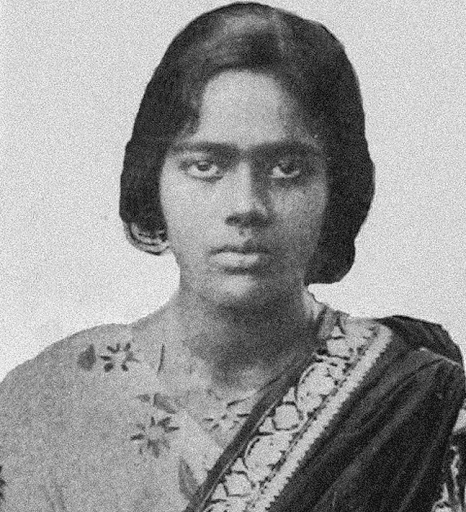
Commemoration:
Kanaklata Barua’s bravery was compared to Rani of Jhansi, who was also a freedom fighter. Indian Coast Guard ship, the Fast Patrol Vessel ICGS Kanak Lata Barua was named after her. A life-sized statue of Kanaklata Barua was opened at Gauripur, Assam in 2011. She was the first Martyr of the Assam State. Her last minute speech for the love of her country still inspires many people.
